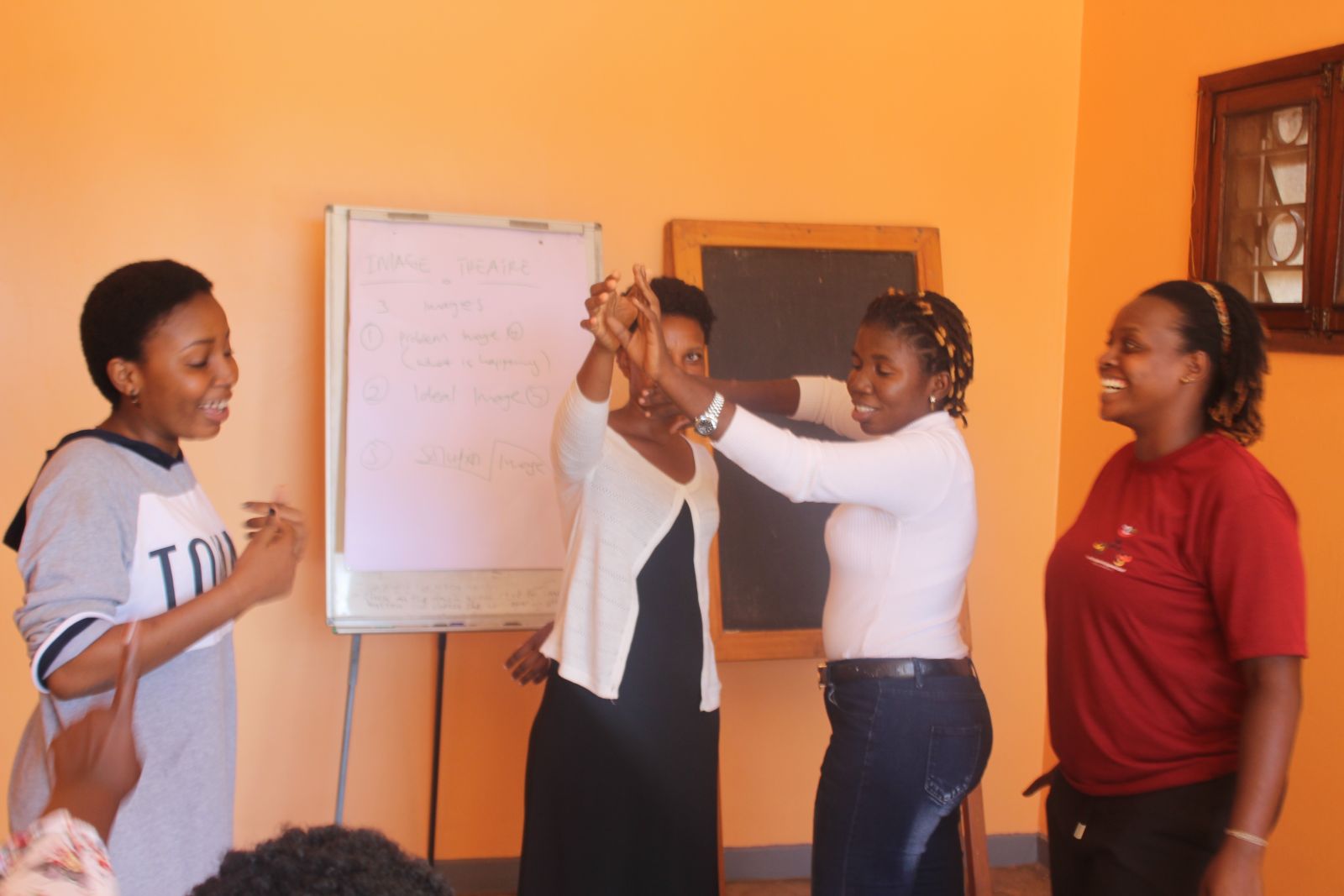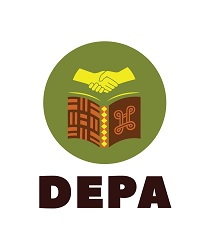The project uses participatory arts-based methods and embeds the principle that participant inclusion should be throughout the life of the project. As such, participants have been active in shaping the research from initial design stages, through data creation and into plans for the educational resources and dissemination and impact activities. 
The two main focal groups have been women and youth (aged 18-15) and the research teams have collaborated with cohorts of both groups across to research sites, Kampala and the refugee settlement of Oruchinga in the South-West of Uganda. The research team wanted to expand to Kampala recognising that there is a significant urban refugee population who may experience and understand peace differently than those in settlement settings.
Exploring Innovative Arts-Method Design
Arts-based methods are, by design, intended to be emancipatory – elevating and finding new ways for the voice of participants to inform and affect change. Through the learning during the PhotoVoice pilot, some aspects of the method were identified as limiting the ability of photos to communicate messages and empower the participants. As a result, the team decided to incorporate two additional arts methods to this research. The intent, that each brings different forms of expression and mediums for communication that, in combination will compliment to amplify the voice of those in the research to reach wider audiences and enhance the prospects for bringing practical and transformative change.
Image on right: “… refugee women have no say when it comes to issues in their communities or even in heir houses. I want people to see this picture and give a woman a chance to speak out and be listened to because they have a lot going on in their lives.”, Congolese refugee in Uganda
 PhotoVoice
PhotoVoice
All participants took part in PhotoVoice training, taking photos individually and collectively that represent the issues that the project explores. Images range from identifying the problems, as they see them, to possible solutions. The photos are a powerful way of conveying understanding of views and experiences when text and speech are limiting.
Digital Storytelling
Storytelling as a research tool may adopt various formats. One that has found prominence in recent years is digital storytelling (DST), a short form of digital media production that allows everyday people to express and share aspects of their story. The participants have created short videos exploring the issues they want to express using images and videos that they tell their story over the top of. The introduction of this method was to compliment images but bringing the vocal dimension, participants actual voice, into the arts-outputs.
Image: Photographer demonstrating to one of the participants how to use the camera

An arts-method that uses performative and embodied techniques to explore issues being faced by the participant communities. In small groups, participants discuss the problem and then, together, use their own bodies to create a tableaux still image that represents the situation and a message they want to express. Feedback is invited from other small groups to see if the still image is giving the intended message or the tableaux needs to be refined.
Image: Participants embodying the message, moving and shaping each other into the tableaux that depicts.
The research design and methodology has been an evolutionary process that has taken multiple pathways, testing and exploring with participants. Here, you can hear a song devised by a group of young refugees. The youth are of different nationalities and the song is an expression of peace proverbs and parables from their cultures woven together.

